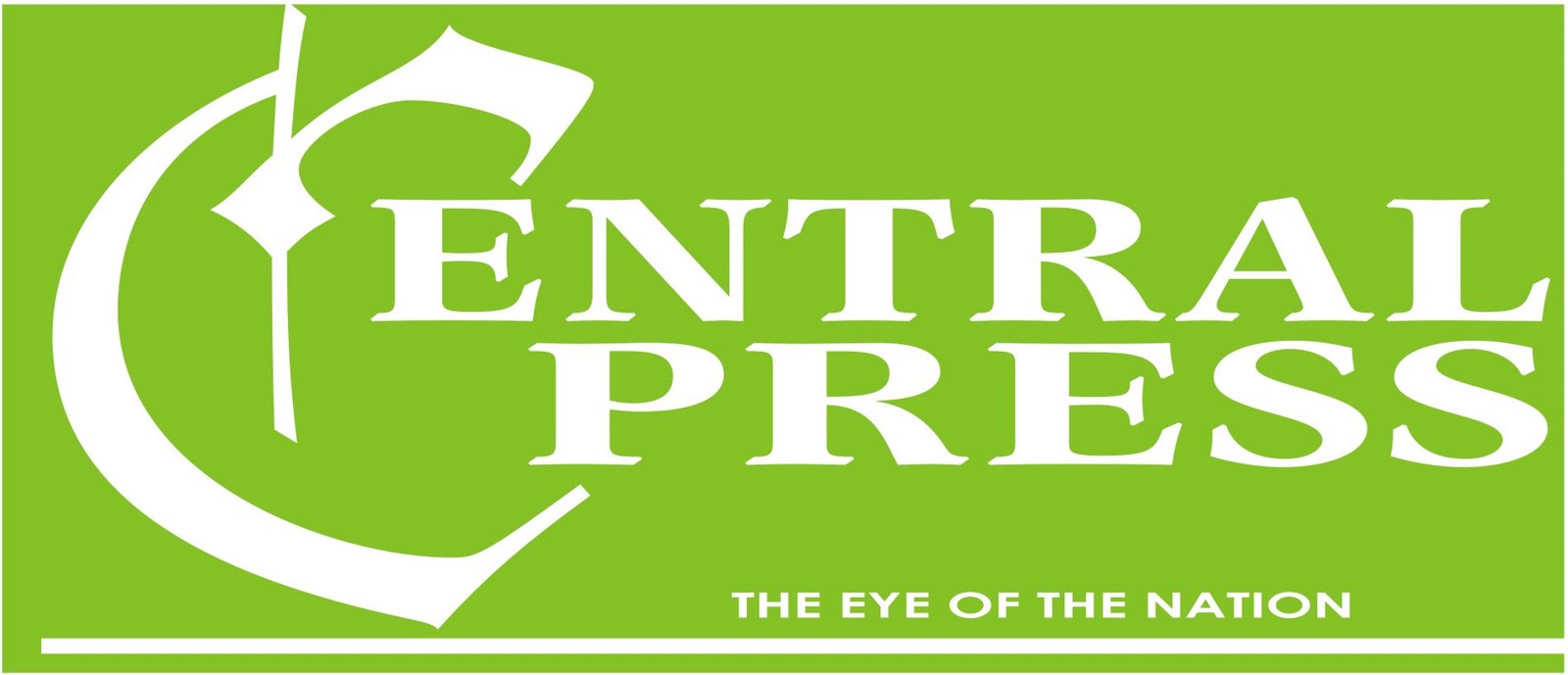By Lisa Bogler
Due to the Ghana school feeding program, the numbers of enrollments in schools are increasing. Although this is generally viewed as a positive outcome, teachers also complain about a deteriorating quality of teaching.
Walking up to St Andrew’s Anglican School in Zongo Brimsu, pupils can be seen queuing in front of big bowls where a woman is giving out rice and soup. The atmosphere is cheerful and relaxed; the students are behaving well and wait patiently for their turn.
 St Andrew’s Anglican School is one of the schools benefiting from the Ghana School Feeding Program, an initiative of the comprehensive Africa Agricultural Development program (CAADP) Pillar 3. The basic concept of the program is to provide children in public pre- and primary schools with one hot and nutritious meal a day. This meal should be prepared from locally grown foodstuffs.
St Andrew’s Anglican School is one of the schools benefiting from the Ghana School Feeding Program, an initiative of the comprehensive Africa Agricultural Development program (CAADP) Pillar 3. The basic concept of the program is to provide children in public pre- and primary schools with one hot and nutritious meal a day. This meal should be prepared from locally grown foodstuffs. Thus, the program targets three main objectives, all within the wider framework of the UN Millennium Development Goals endorsed by the New Partnership for Africa’s Development (NEPAD). Firstly, by giving out food to children worth 40 pesewas per child, the program aims to reduce hunger. In addition to the hot meal, the children are supposed to be given a dessert, for example an orange or pineapple, every wednesday. Receiving nutritious food free of charge, might even keep the young students from buying sweets when they are hungry.
Secondly, the program leads to an improvement in school enrollment and ensures school attendance. Good food free of charge is a very efficient incentive for parents to send their children to school, especially in rural and deprived districts, and for children to attend school once they are enrolled. Instead on working on the road to earn money for food, the children come to school and learn, as they are provided with a good meal there.
The third objective is the promotion of an increase in domestic food production. The foodstuff, which is prepared by selected and properly screened female parents, comes from local farmers. Workshops are being organized for these farmers to give them the opportunity to meet farmer based organizations and caterers. A link is created between the farmers and the caterers who buy their produce for the school kitchens. The farmers are also supported with the construction of stores, as they complain that their crops are rotting.
The Central Regional Coordinator of the Ghana school feeding program Sarah Yeboah disclosed that one hundred and twenty schools in the region are beneficiaries of the program with 44,210 pupils benefiting. She said the Regional Secretariat had developed a pass book which requires the daily recording of the activities of caterers. The book is signed by head teachers and other stakeholders and later handed over to a desk created at the district level to ensure accountability.
The Focal Person of the Ghana School Feeding Program (GSFP) Irene Messiba said since its inception in 2005, the program had made significant strides, feeding more than 700,000 school pupils nationwide. To begin with, sensitization programs were organized to introduce the program and get the support of everyone involved. The target groups were and still are deprived, poorest and most food insecure, low literacy level and low school attendance districts. Other criteria for schools to be chosen as beneficial included a high communal spirit, high communal management capability and judicious management of environment.
GSFP not only provides food, it also ensures that all beneficiary school have access to safe drinking water, providing poly tanks and other sanitation facilities. School children are also dewormed occasionally to free them of worm infestation. Moreover, training sessions and workshops are organized for farmers, caterers and cooks. In doing so, the program ensures that every stakeholder operates in a safe and hygienic environment.
The general feedback to the program is very positive. Apart from the farmers, schools in all 170 districts in Ghana are benefiting and more shall be added. The most visible result is the increase in school enrollment. Teachers are experiencing high attendance rates and new students are coming. The increase especially occurred in the rural areas, which shows that the program’s target group is the right starting point and hunger will be significantly reduced in these areas.
However, this increase in the number of students leads to other problems. Due to the Ghana school feeding program and the new enrollments, the classes become full. Teachers complain that as a result, the quality of teaching is deteriorating. One teacher, who is supposed to supervise not more than 35 children, is now supervising a class with 50 or more students. It is difficult to handle this number of children and give them a decent education. Moreover, more equipment like desks and chairs is needed as more students attend school.
As much good as the program does, it therefore causes its own problems. Schools now plead to the government to employ more teachers, construct more school buildings and provide additional equipment. However, it must be stated that the fact, that more children are attending school, in itself is positive. The program is achieving its aims and still improving. Of course, there are more issues that need to be addressed, but this program is an improvement and a good step forward.

School sponsoring feeding program is a good example to students. They will learn the value of money and food. An eye opener for them to see poor children they feed. For them to realize that they are lucky enough with family who had good life.
ReplyDeleteJoseph @ volunteer in thailand